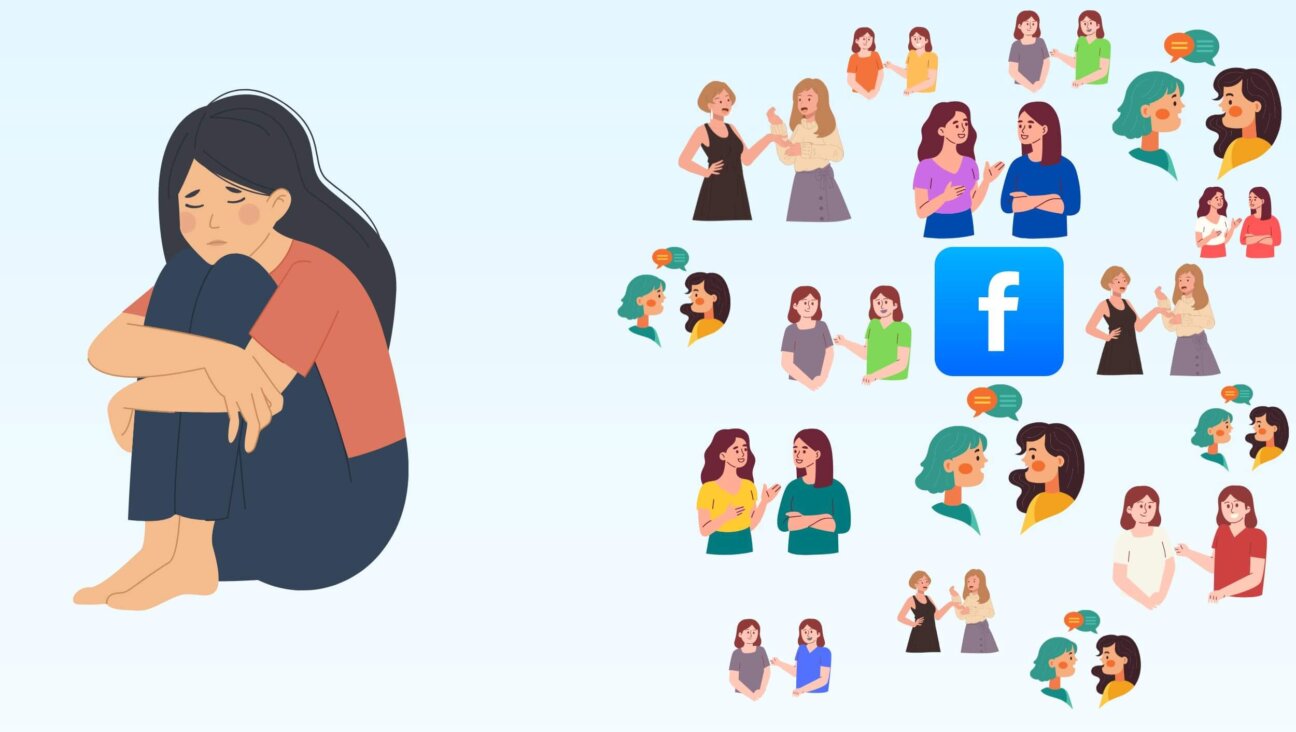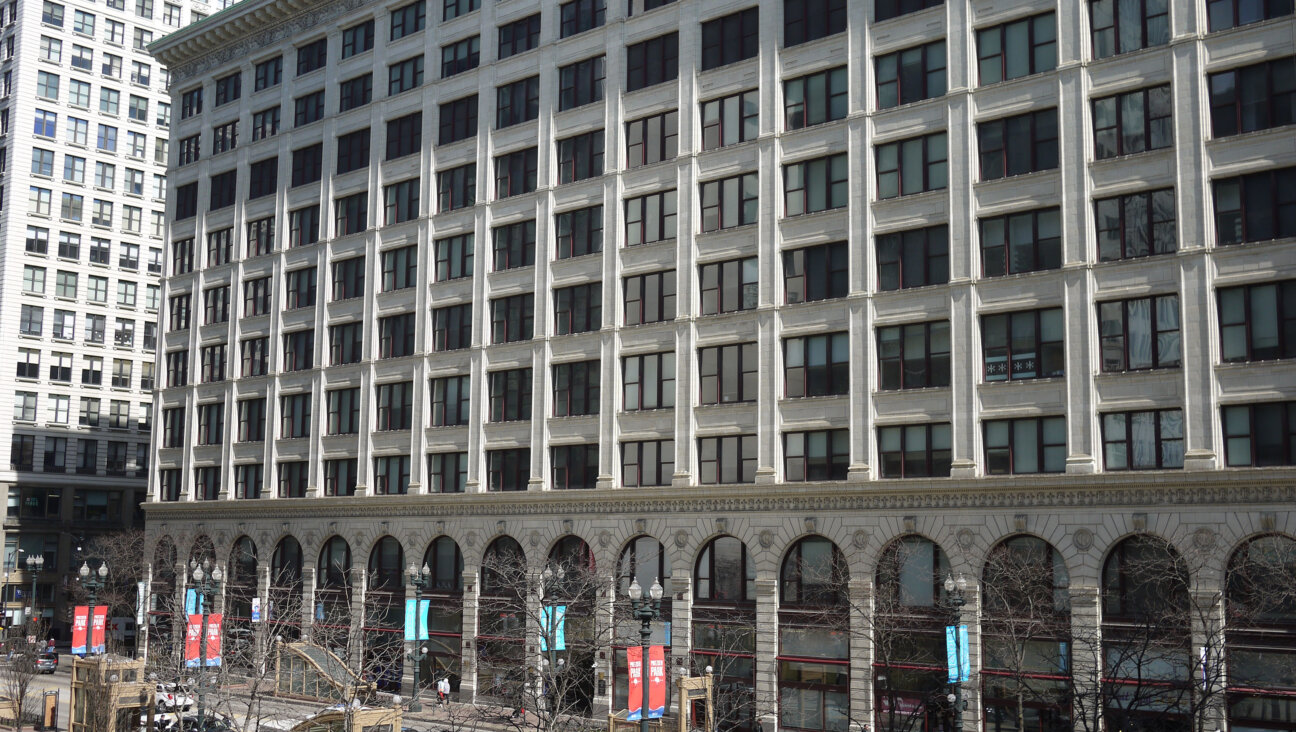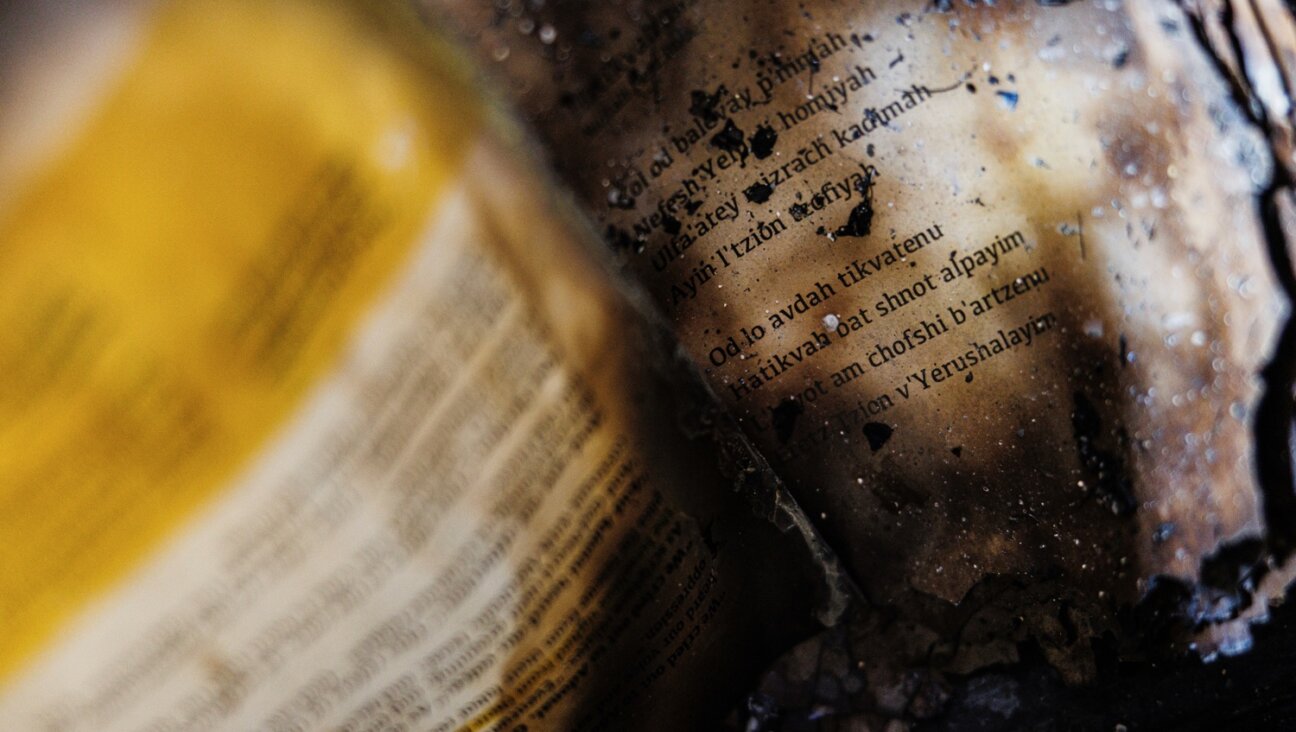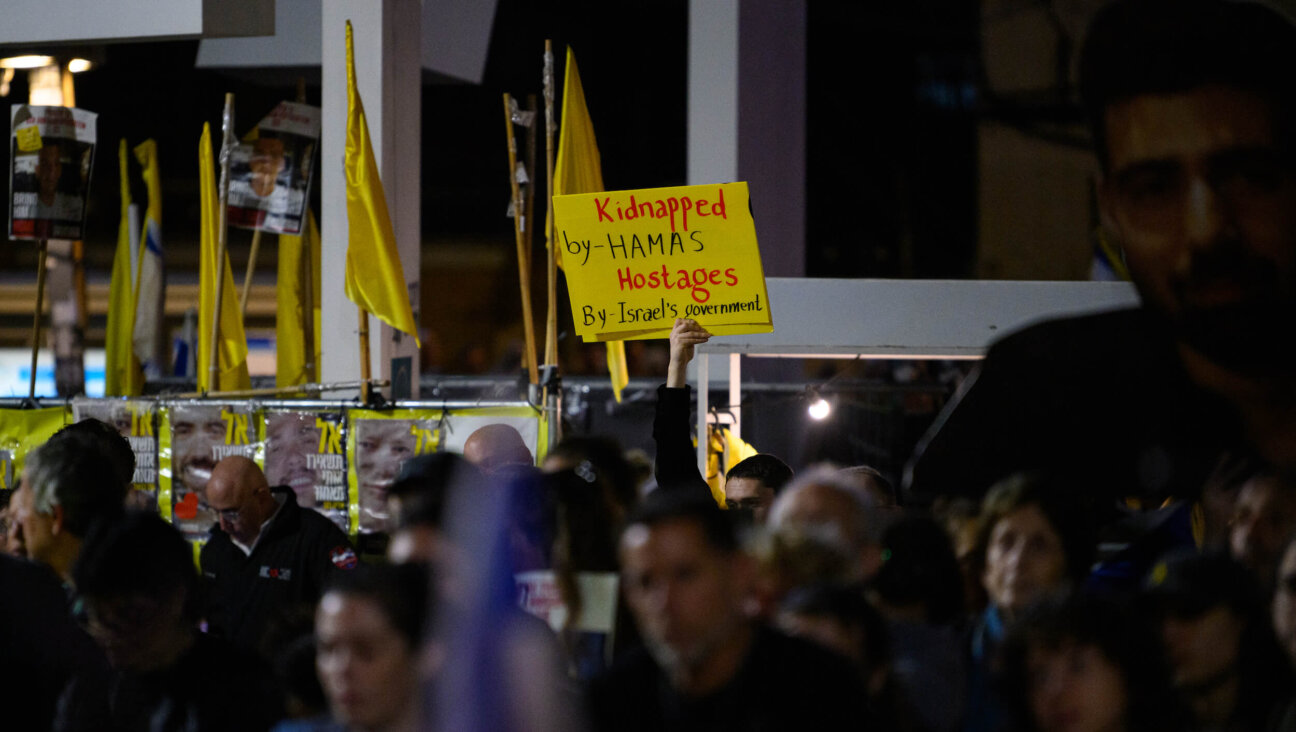The Deadly Origins Of A Life-saving Procedure
Every year in America, more than 3 million women undergo a colposcopy. Considered the gold standard for detecting cervical cancer in women with abnormal Pap smears, the procedure has saved an untold number of American lives. Indeed, in developing countries, where colposcopies are often unavailable, carcinoma of the cervix remains the leading cause of death by cancer.
This lifesaving procedure, however, had a far-from-benign beginning — one that ought to be brought to light as we commemorate the liberation of Auschwitz on January 27.
The inventor of the colposcope, Dr. Hans Hinselmann, was without a doubt a brilliant scientist. But he was also an active supporter of National Socialism, and there is strong evidence tying Hinselmann and his colposcope to the inhumane medical experiments conducted on Jewish women in Auschwitz. More than six decades after the closing of the concentration camp’s gates, it is finally time to set straight the historical record on Hinselmann.
He first described the colposcope in 1925, the same year he began working at the gynecological ward of the general hospital in Altona, a district in the northern German city of Hamburg. Just five years later, the ambitious doctor was named director of his own clinic, the Frauenklinik Altona, a position he would hold until the collapse of the Third Reich in 1945.
During its early stages of development, the colposcope was considered to be rather cumbersome. Indeed, it was mainly for this reason that the medical breakthrough was not put into practice in America until the 1950s. Aware of colposcopy’s shortcomings, Hinselmann continued to develop the procedure, in part by collaborating with his colleagues in the medical and scientific communities.
Among those colleagues was one of Hinselmann’s fellow doctors at the Frauenklinik Altona in Hamburg, Dr. Helmut Wirths. Wirths’s brother, Eduard, was the chief doctor of Auschwitz.
Nothing more than coincidence, some might argue; hardly grounds for tarnishing the legacy of a doctor whose invention has saved the lives of tens of millions of women over the years. And yet, inasmuch as it is possible to reconstruct events more than six decades after the fact, there appears to be enough circumstantial evidence to charge Hinselmann with at least passive knowledge of the horrifically cruel medical experiments conducted in Auschwitz.
The involvement in criminal medical experiments of Eduard Wirths has been documented by both postwar trials in Germany and the testimonies of survivors. The research he conducted in Auschwitz’s medical block, Block 10, focused on precancerous screenings of the cervix.
The primary procedure that Wirths employed? Hinselmann’s colposcopy.
Wirths himself was not particularly skilled with the procedure, so he delegated responsibility to an inmate doctor in Auschwitz named Maximillian Samuels. A German Jewish gynecologist and an expert in detecting precancerous growths in the cervix, Samuels was tasked with performing colposcopies on the female inmates in Block 10 and removing parts of their cervix. He was ordered to study precancerous conditions of the cervix and summarize his findings.
In the fall of 1943, Samuels completed his research and submitted to Wirths his report, titled “Carcinom: Die Geißel der Frauen der Welt Ist Heilbar” (“Carcinoma: The Female Scourge of This World Is Curable”). As soon as Samuels was finished, he was shot.
While his brother was busy in Auschwitz, Helmut Wirths worked with Hinselmann at the Frauenklinik Altona. Like Hinselmann, Wirths’s research focused on colposcopic examinations, and it was by none other than Hinselmann that Wirths was trained in the procedure.
That training was put to cruel use in 1943, when Wirths visited his brother in Auschwitz. Inmates who survived Block 10 have testified to the zeal with which Helmut Wirths immersed himself in the precancerous screenings conducted there. Some have even fingered him as the doctor responsible for initiating the often-lethal experiments.
And then there is this: During the years that Helmut Wirths worked in the Frauenklinik Altona, Eduard Wirths forwarded his histological results from Auschwitz to Hinselmann’s clinic. Indeed, as much was acknowledged by none other than the former chief doctor of Auschwitz himself, during interrogation shortly after the war.
Following the fall of the Third Reich, Hinselmann was found guilty by the Allies of having conducted forced sterilizations of Gypsy women at his gynecological clinic in Hamburg. But what about his knowledge of the medical experiments performed on Jewish women in Auschwitz’s Block 10, perhaps the greatest violation of the Hippocratic Oath in modern history? Should judgment not also be passed on his at least passive complicity in this most heinous of crimes?
Sixty-two years after the liberation of Auschwitz, the father of the colposcope remains a key figure in medical history, and for the untold number of lives he has saved he deserves credit. But for his complicity in the unbearable suffering inflicted on Jewish women in Auschwitz’s Block 10, Hinselmann deserves a qualified entry in the history books — and a moment of reflection from the millions of women in America who each year undergo a colposcopy.
Ruth Jolanda Weinberger, a scientific researcher at the Vienna-based Ludwig Boltzmann Institute for Historical Social Science, is the author of a forthcoming book on fertility experiments conducted in Auschwitz-Birkenau.
The Forward is free to read, but it isn’t free to produce

I hope you appreciated this article. Before you go, I’d like to ask you to please support the Forward.
Now more than ever, American Jews need independent news they can trust, with reporting driven by truth, not ideology. We serve you, not any ideological agenda.
At a time when other newsrooms are closing or cutting back, the Forward has removed its paywall and invested additional resources to report on the ground from Israel and around the U.S. on the impact of the war, rising antisemitism and polarized discourse.
This is a great time to support independent Jewish journalism you rely on. Make a Passover gift today!
— Rachel Fishman Feddersen, Publisher and CEO
Most Popular
- 1

News Student protesters being deported are not ‘martyrs and heroes,’ says former antisemitism envoy
- 2

News Who is Alan Garber, the Jewish Harvard president who stood up to Trump over antisemitism?
- 3

Fast Forward Suspected arsonist intended to beat Gov. Josh Shapiro with a sledgehammer, investigators say
- 4

Opinion My Jewish moms group ousted me because I work for J Street. Is this what communal life has come to?
In Case You Missed It
-

Opinion Yes, the attack on Gov. Shapiro was antisemitic. Here’s what the left should learn from it
-

News ‘Whose seat is now empty’: Remembering Hersh Goldberg-Polin at his family’s Passover retreat
-

Fast Forward Chicago man charged with hate crime for attack of two Jewish DePaul students
-

Fast Forward In the ashes of the governor’s mansion, clues to a mystery about Josh Shapiro’s Passover Seder
-
Shop the Forward Store
100% of profits support our journalism
Republish This Story
Please read before republishing
We’re happy to make this story available to republish for free, unless it originated with JTA, Haaretz or another publication (as indicated on the article) and as long as you follow our guidelines.
You must comply with the following:
- Credit the Forward
- Retain our pixel
- Preserve our canonical link in Google search
- Add a noindex tag in Google search
See our full guidelines for more information, and this guide for detail about canonical URLs.
To republish, copy the HTML by clicking on the yellow button to the right; it includes our tracking pixel, all paragraph styles and hyperlinks, the author byline and credit to the Forward. It does not include images; to avoid copyright violations, you must add them manually, following our guidelines. Please email us at [email protected], subject line “republish,” with any questions or to let us know what stories you’re picking up.












